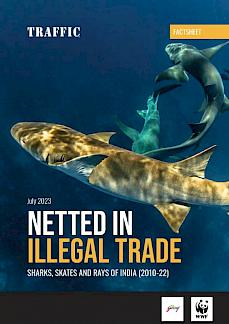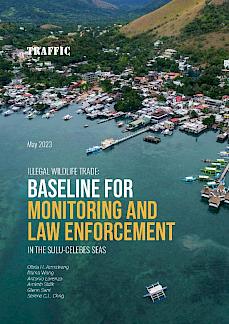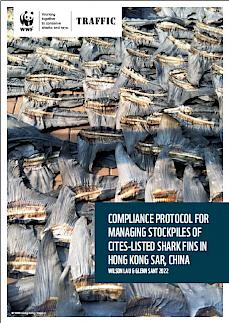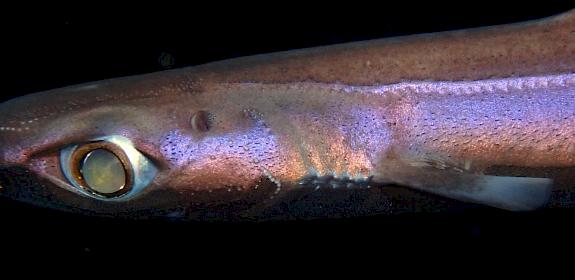
© Cat Holloway
i
securing the ocean's future
Sharks, rays and chimaeras–the chondrichthyan fish–have evolved over 400 million years. They make up one of the oldest remaining groups of vertebrate animals and one of just three classes of living fish. Today, as many as 1,250 ecologically and evolutionary diverse species of chondrichthyans inhabit the marine and fresh waters of our planet, with approximately one new species discovered each month.
The goal of the GSRI is that by 2025, the conservation status of the world’s sharks and rays has improved–declines have been halted, extinctions have been prevented, and commitments to their conservation have increased globally
24%
of all shark and ray species are threatened

The GSRI is working to halt the devastating overexploitation of shark and ray species. Our ocean's biodiversity cannot afford to continue such sustained losses
Glenn Sant, TRAFFIC's Programme Leader for Fisheries trade
The GSRI view of CITES CoP18 Proposals
Explore the context, background, and guidance behind Proposals to list Mako Sharks, Giant Guitarfishes, and Wedgefishes in CITES Appendix II at CITES CoP18 in Geneva this August.
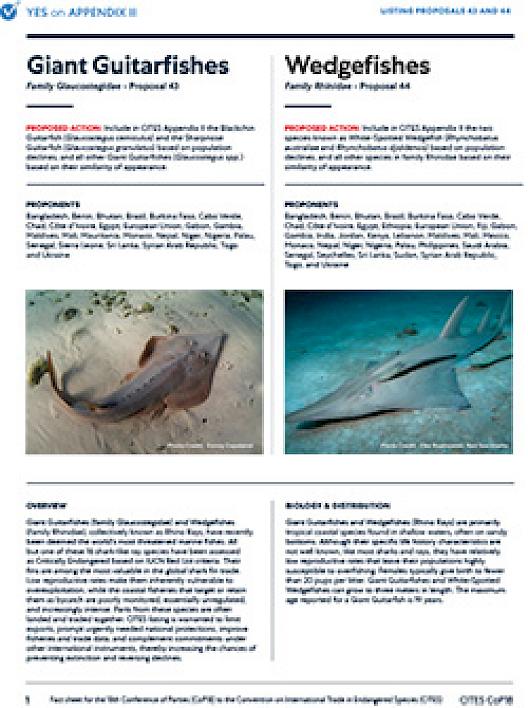
Guitarfishes & Wedgefishes
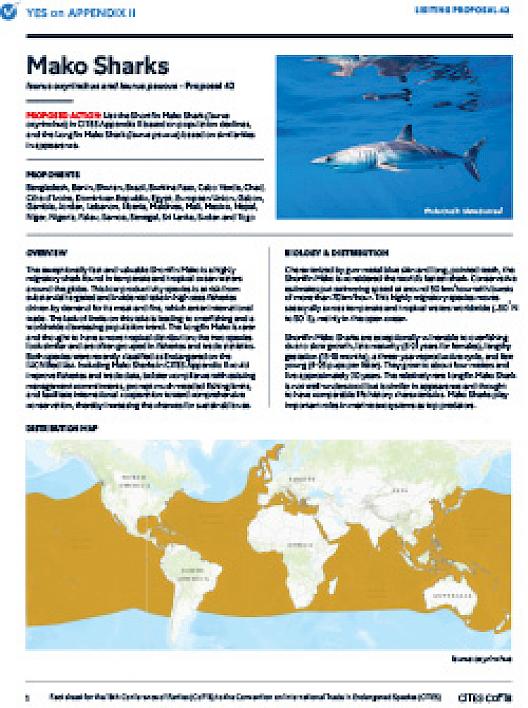
Mako Sharks
Global Priorities for Conserving Sharks and Rays
The Global Strategy for the Conservation of Sharks and Rays (2015–2025), summarised here, is the product of an intensive 18-month strategic planning process incorporating extensive data analysis and synthesis, including a set of background documents, several technical workshops, and ongoing consultation and review.
This report sets out the 2015–2025 strategy for conserving shark and rays.
the importance of shark and ray conservation
Sharks, rays and chimaeras are irreplaceable components of the world’s biodiversity and perform vital ecological roles across the oceans.
They also have significant economic and cultural values in many societies. Although the trade in sharks and rays provides a livelihood for millions people, traceability and sustainabiity safeguards are largely missing throughout global trade chains. If trends continue, shark and ray trade will pose serious threats to their survival in the wild, as well as to the broader oceanic ecosystem.
A Giant manta Manta birostris Phoenix Islands, Kiribati © Cat Holloway / WWF
i
our conservation strategies
saving species
Key to preventing population declines of key shark and ray species is the need to investigate their status and conservation needs.
Securing the future of these species has led the partnership to work in target hotspot regions, including in Argentina, Brazil, Madagascar, Mozambique, South Africa and Taiwan, to ensure national and international protection for threatened species. A selection of our activities include:
- Supporting the development of regional sawfish conservation networks
- Producing a field and trade identification guide to guitarfishes and wedgefishes.
- Supporting effective implementation of CITES and CMS
Caribbean reef shark Carcharhinus perezi Grand Bahama, Bahamas © naturepl.com / Alex Mustard / WWF
i
managing fisheries
Sustainable fishing is key to maintaining healthy populations of shark and ray species. Overfishing is a growing issue, but the problem can be solved if effective and impactful reforms are implemented.
Overcoming the obstacles to scientific, evidence-based catch limits is essential. Some of the solutions we are working on include:
- encouraging the national implementation of new and existing conservation commitments contained in international agreements
- investigating ways to minimise incidental fishing mortality of shark and rays
- developing new models for sustainable fisheries
Mobula Japanica rays are lined at the Tanjung Luar fish market, Lombok, Indonesia © Paul Hilton / WWF
i
responsible trade
In many cases current trade levels for shark and ray species far outweigh what population numbers can sustain.
Lasting, transformative change needs to occur throughout global shark and ray supply chains to prevent a catastrophic loss in biodiversity. We're working with key exporting and importing countries to collect detailed and accurate trade information, strengthen existing regulation and develop new systems to ensure sustainable trade. This includes:
- Creating a monitoring system to compile available trade information and detect short-term changes in trade trends
- Designing, testing, validating and verifying a traceability system for shark fisheries
- Identifying and promoting restrictions on species in trade that are at a high risk of overexploitation
Shark fins during the drying process, Hong Kong © WWF-Hong Kong / Elson Li
i
responsible consumption
The demand for shark and ray products is driving current rates of over-exploitation.
An integral side to our work is to reduce demand for unsustainable shark products in important global markets. We're working to see behavioural change initiatives change consumption towards sustainable and traceable shark and ray products, covering meat, fins squalene, manta, and devil ray gill plates as well as of freshwater stingrays.
Shark fin soup was being served in a birthday banquet, Hong Kong © WWF-Hong Kong / Tracy Tsang
i
Find out more about GSRI activities and our shark and ray conservation strategy.
visit the official
GSRI website
related news and reports to the GSRI
explore our latest materials related to shark and ray conservation
related reports to the GSRI
Explore the latest publications, reports and papers from TRAFFIC related to shark and ray conservation and trade.
Visit our resource library for the full TRAFFIC publication archive.
our partners








